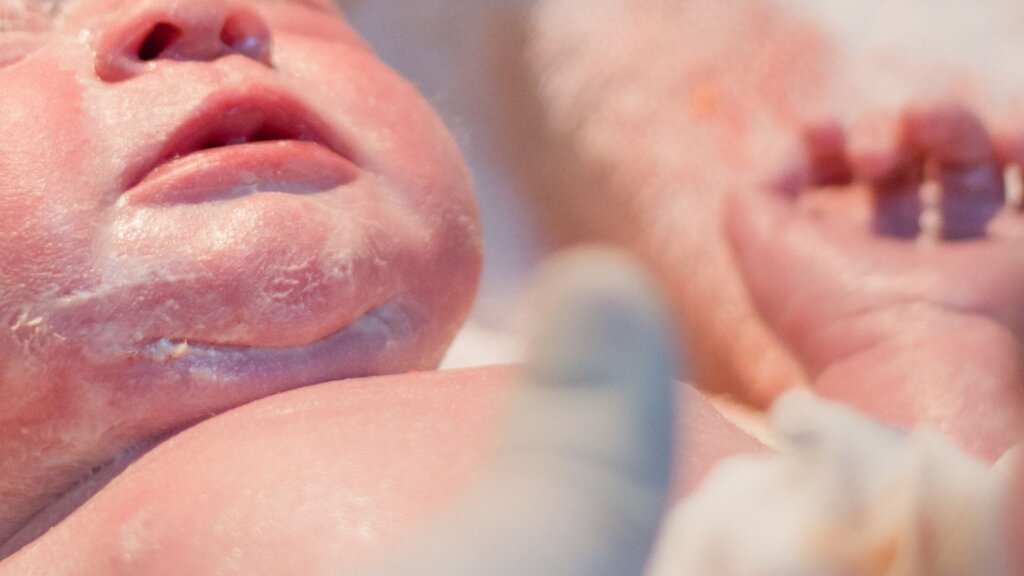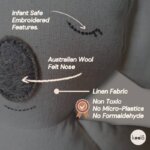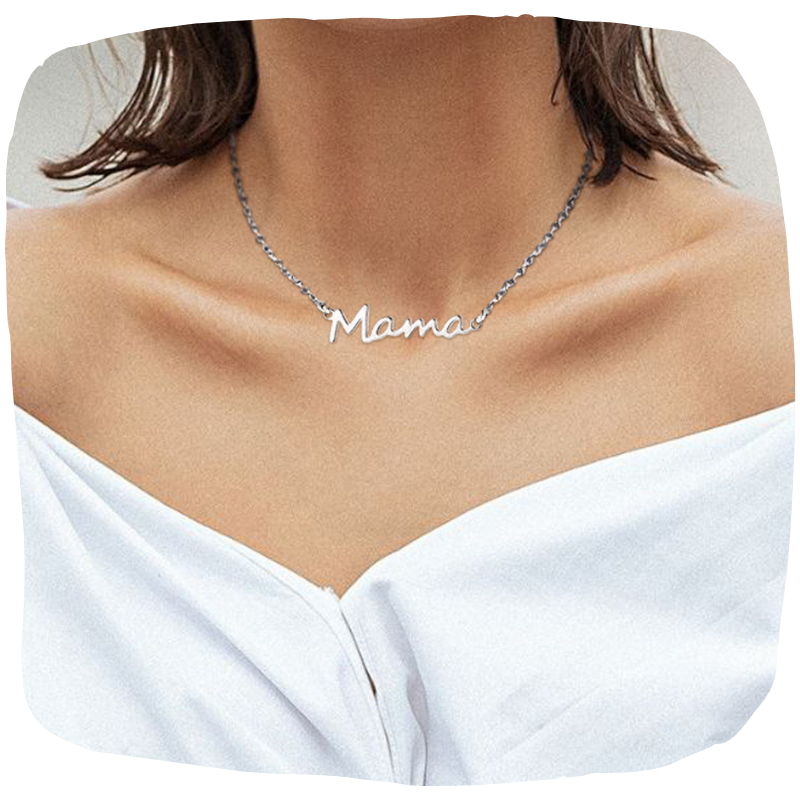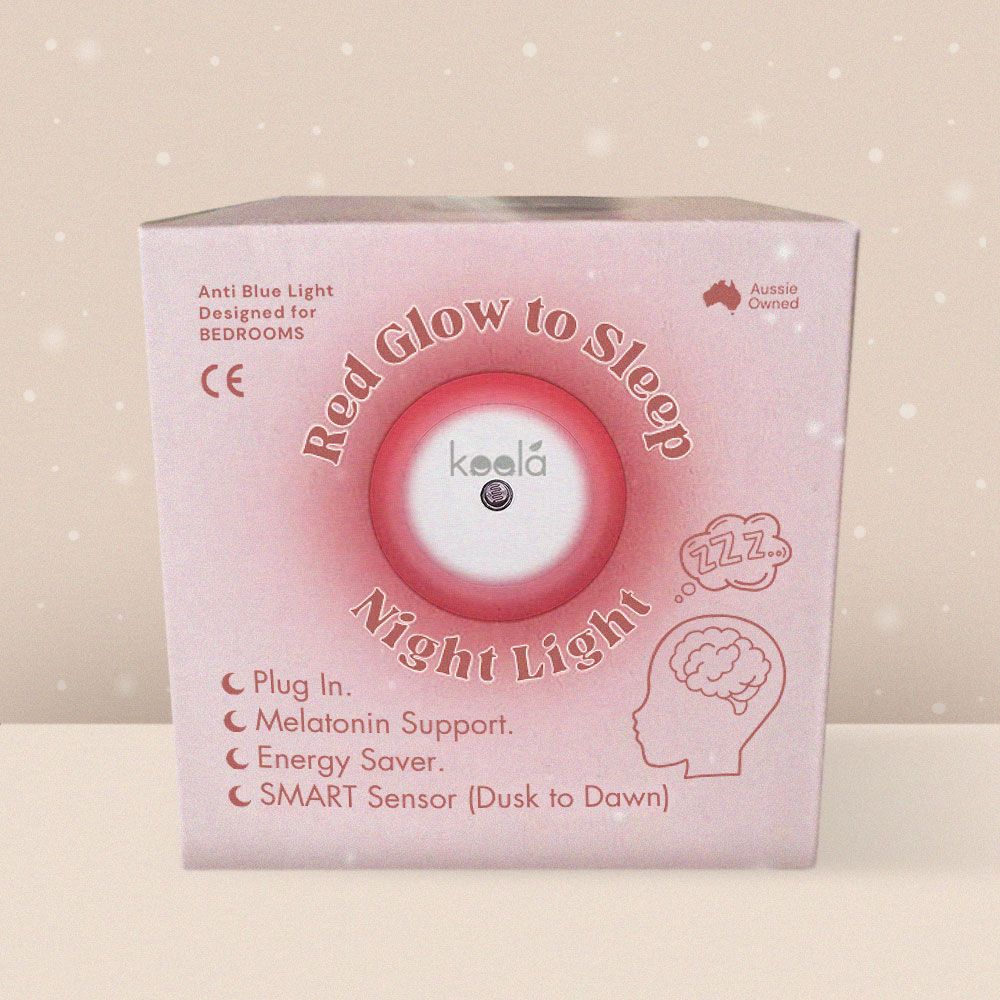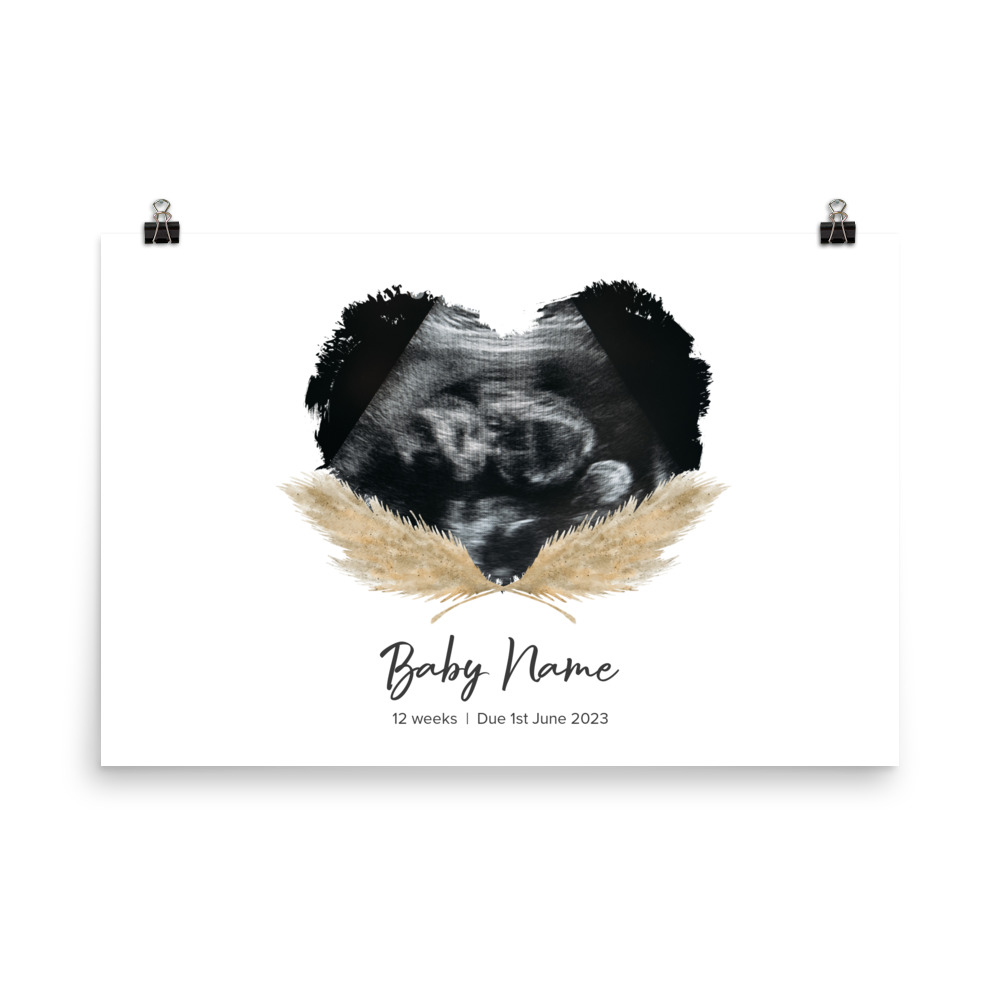The birth of a baby is a remarkable event, full of wonder and awe. One of the captivating phenomena that greet us at the moment of birth is the presence of a creamy, white substance coating the baby’s delicate skin. This substance, often called “the white stuff” is formally known as vernix caseosa and has fascinated scientists, doctors, and parents alike for generations. Despite its initial enigmatic appearance, vernix caseosa serves a crucial role in protecting and nurturing newborns during their transition from the womb to the world.
What is the Vernix Caseosa?
Derived from Latin, “vernix caseosa” translates to “cheese-like varnish.” This curious term aptly describes the appearance of this substance, which has a creamy, cheese-like texture and covers the baby’s skin when they are born. Vernix caseosa is produced by fetal sebaceous glands starting around the 20th week of gestation. It accumulates as a protective layer on the baby’s skin throughout pregnancy, becoming more prominent during the final weeks.
The Vernix’s Composition and Benefits
The composition of vernix caseosa is a complex blend of water, lipids, proteins, and cells that shed from the baby’s skin while in the womb. This amalgamation serves various vital functions for the newborn, reflecting the evolutionary wisdom that has honed its existence over countless generations.
1. Protection:
Vernix caseosa acts as a natural barrier against the amniotic fluid that surrounds the fetus. This fluid contains enzymes and other potentially harmful substances that could irritate or damage the baby’s sensitive skin. By forming a protective shield, the vernix safeguards the baby from skin irritation and potential infections.
2. Moisturization:
The high lipid content in vernix caseosa helps to keep the baby’s skin adequately moisturized. As newborn skin is thin and delicate, maintaining proper hydration is essential to prevent dryness and potential discomfort.
3. Thermal Regulation:
Vernix caseosa has insulating properties that help regulate the baby’s body temperature. This is particularly crucial during the initial moments after birth, as newborns are transitioning from the warm, controlled environment of the womb to the external world.
4. Immune Support:
Recent research suggests that vernix caseosa might play a role in bolstering the baby’s immune system. Studies have found that vernix contains antimicrobial peptides that can help fight off potential infections and establish a healthier microbial environment on the baby’s skin.
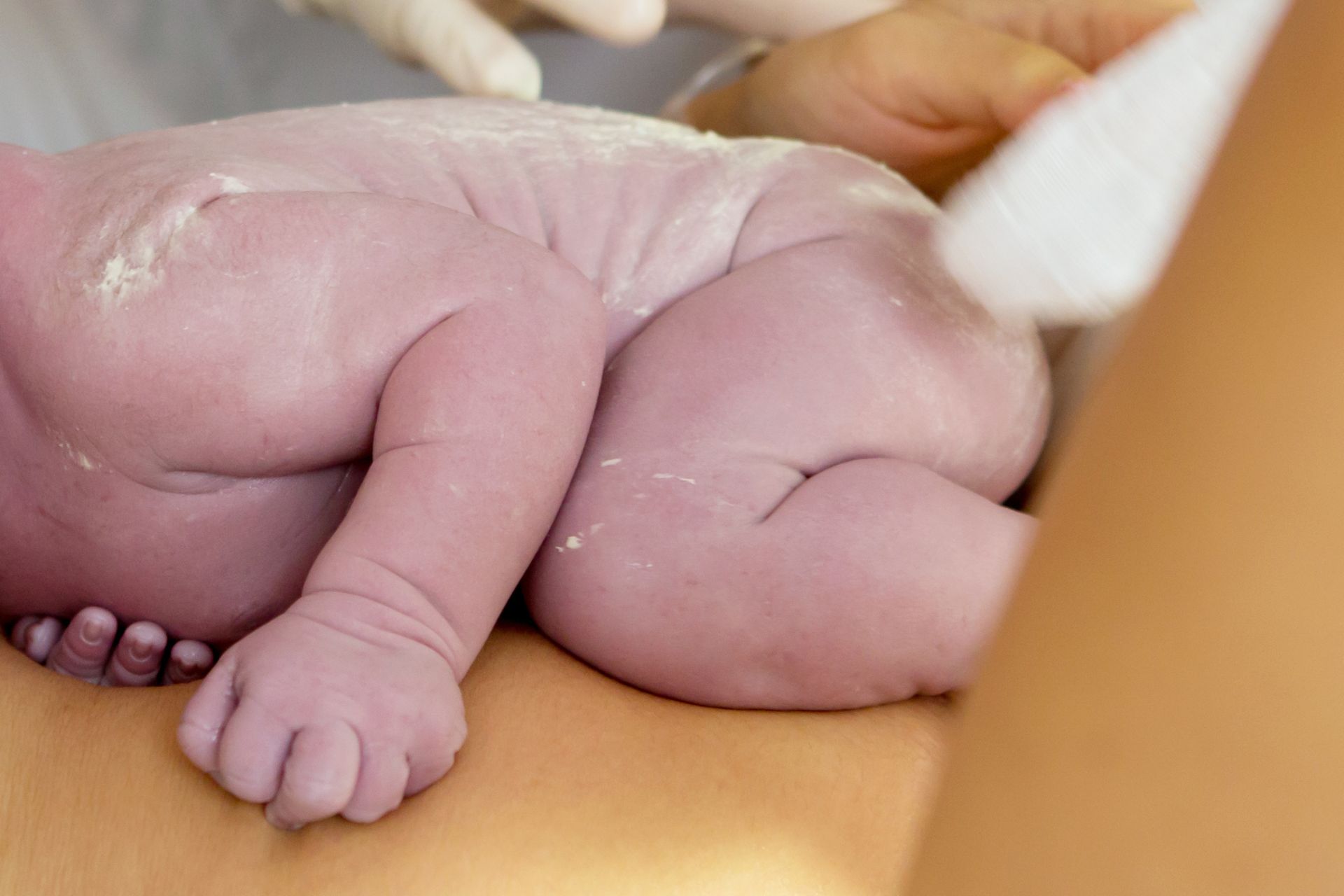
The Vernix’s Cultural and Historical Significance
The presence of vernix caseosa has not only intrigued the scientific community but has also held cultural and historical significance in various societies around the world.
1. Ancient Remedies:
In some cultures, vernix caseosa was collected after childbirth and used in traditional remedies. It was believed to possess mystical healing properties that could benefit both the mother and the baby.
2. Symbolism of Birth:
The appearance of vernix caseosa has been considered a symbol of purity and new beginnings. Its presence serves as a gentle reminder of the miraculous journey that every human embarks upon when they enter the world.
3. Art and Literature:
Throughout history, artists and writers have depicted newborns covered in vernix caseosa to capture the essence of vulnerability, innocence, and the fragility of life. This depiction underscores the universal fascination with the concept of birth and the raw beauty it entails.
The Vernix’s Modern Applications and Research
In recent years, scientific interest in vernix caseosa has grown, leading to various studies exploring its potential medical applications.
1. Skin Care Products:
Researchers are investigating ways to harness the benefits of vernix caseosa for commercial use. Some skincare companies are exploring the possibility of incorporating components of vernix into their products to enhance moisturization and protect the skin’s natural barrier.
2. Premature Infants:
Premature babies often lack the full protective layer of vernix caseosa due to their early arrival. Studies are ongoing to determine whether applying synthetic versions of vernix can help improve the outcomes for these vulnerable infants by providing them with the protection they missed in utero.
3. Microbiome Research:
The role of vernix caseosa in establishing a healthy skin microbiome is an area of active investigation. Understanding how the substances within vernix influence the colonization of beneficial bacteria on a newborn’s skin could lead to insights about preventing skin disorders and allergies.
Recommendations for the Vernix
As we continue to delve into its mysteries, a few recommendations emerge regarding its preservation and advantages:
1. Embrace the Natural:
Resisting the urge to wipe off vernix caseosa immediately after birth might be beneficial. Allowing the substance to be absorbed into the baby’s skin can provide continued nourishment and protection, aiding in the establishment of a healthy skin barrier.
2. Delayed Bathing:
Many healthcare professionals now advocate for delayed bathing, allowing the vernix caseosa to remain on the baby’s skin for at least a few hours after birth. This delay can help the baby reap the full benefits of the protective substances present in the vernix.
3. Gentle Cleansing:
When bathing does occur, opt for gentle cleansing methods and mild, baby-friendly cleansers. Vigorous scrubbing or harsh soaps can strip away the delicate lipid barrier that vernix caseosa helps to establish.
4. Maternal Skincare:
Prenatal care can influence the composition of vernix caseosa. Some research suggests that maternal diets rich in healthy fats and antioxidants might contribute to a higher-quality vernix, enhancing its protective properties for the newborn.
5. Premature Babies:
In cases of premature birth, where vernix caseosa might be lacking or insufficient, medical interventions such as synthetic vernix applications could be explored to mimic the protective effects of the natural substance.
As we stand at the intersection of ancient wisdom and modern research, the role of vernix caseosa in a newborn’s journey from the womb to the world becomes increasingly clear. Its multi-faceted benefits encompass protection, moisturization, temperature regulation, and even potential immune support. By preserving and harnessing the marvel of vernix caseosa, we honor the intricate mechanisms that nature has designed to equip every newborn with the best possible start in life.
>> Like this article? We bet you will also enjoy reading about HEX and the effects sniffing your baby’s head has on behaviour! Read the science about sniffing baby’s head here!
Disclaimer: The information provided in this article is for educational purposes only and should not be considered as medical advice. Always consult with a healthcare professional before making any changes to your health routine or treatment.

